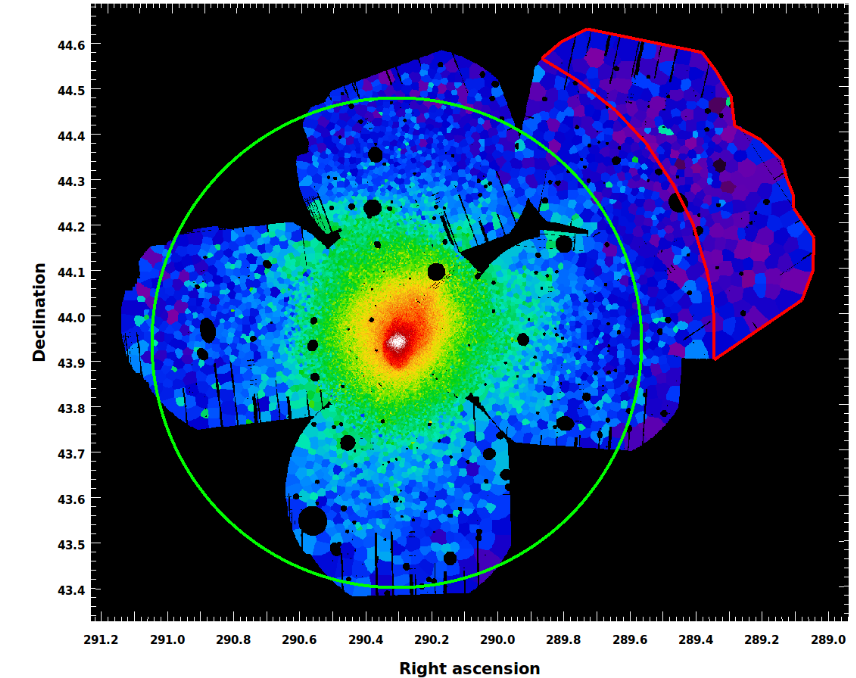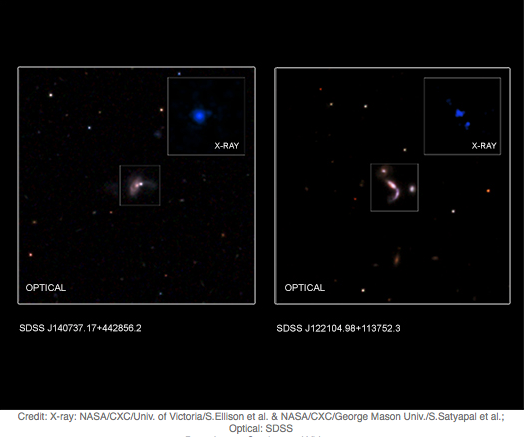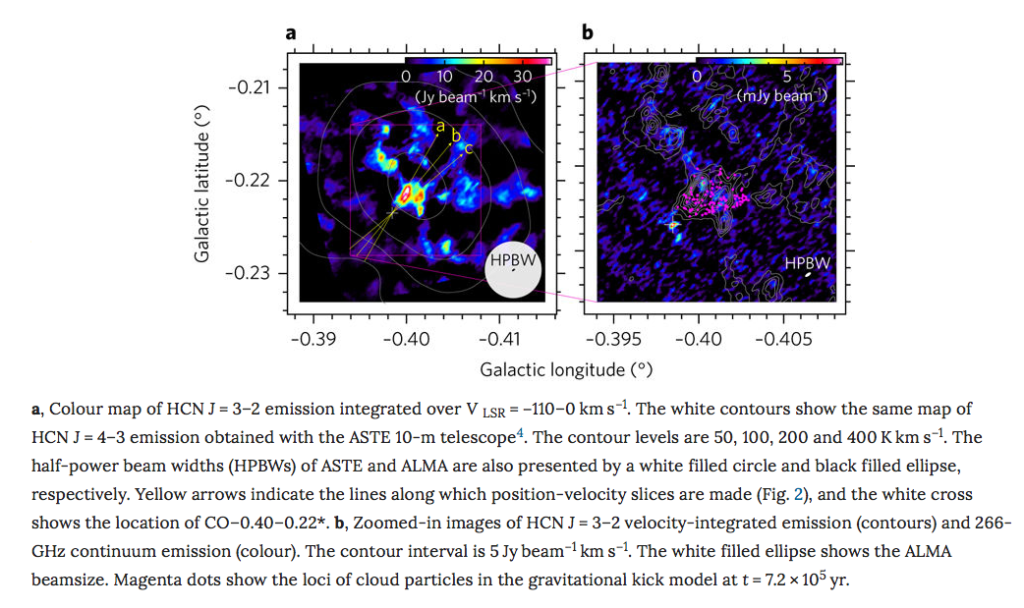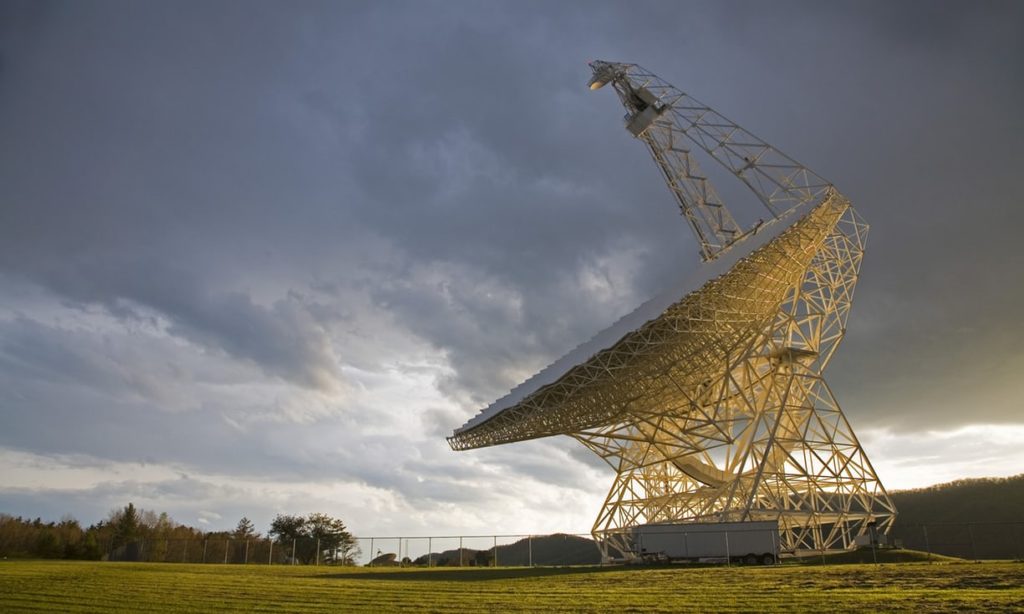The AHEAD’s project visitors scheme allows astronomers to study the most massive structures in the universe: galaxy clusters

Galaxy clusters are the largest structures in the universe. The X-COP project tries to access the physical information on the thermodynamical properties of the hot plasma inside these structures.







